Jasmine is a beloved flowering plant known for its enchanting fragrance and delicate blossoms. Growing jasmine in pots is an excellent way to enjoy its beauty, especially for those with limited garden space. Here’s a step-by-step guide to help you successfully cultivate jasmine in pots.
Other Topics You Might Like
Helpful Products You Might Like
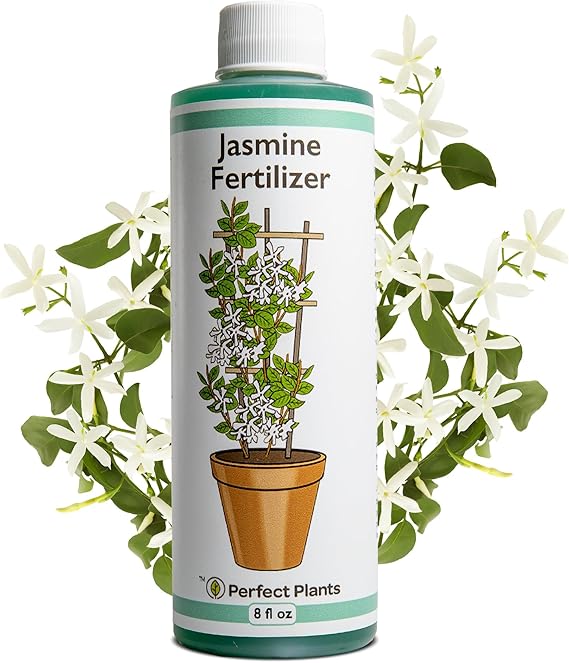
Perfect Plants Liquid Jasmine Fertilizer
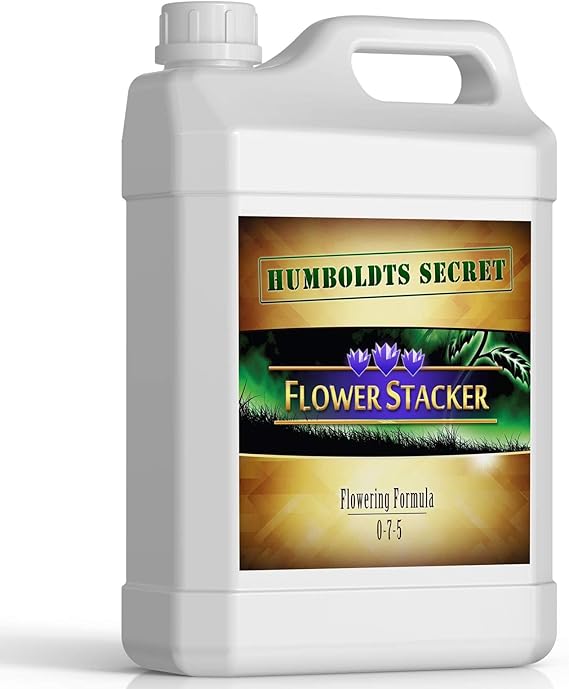
Humboldt's Secret Flower Stacker Flowering Plant Food
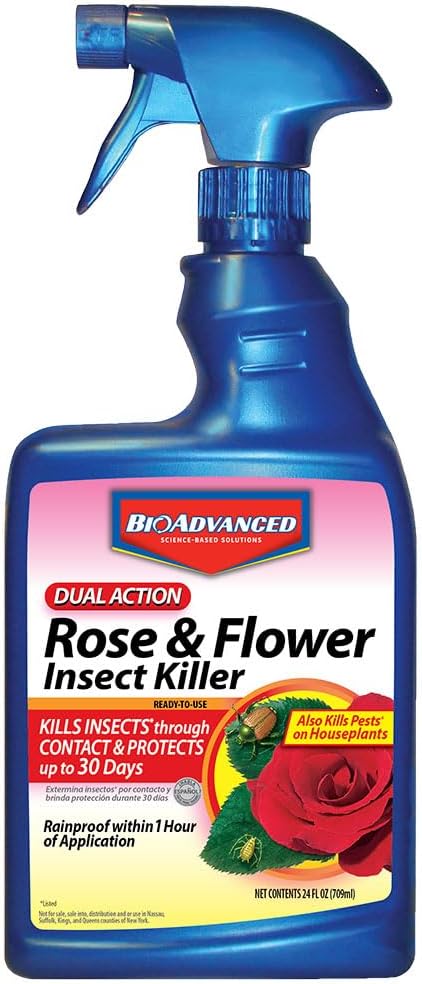
BioAdvanced Dual Action Rose & Flower Insect Killer
"(Paid Links)" 
Choosing the Right Jasmine Variety
See to it that you select the correct species of jasmine to be grown before commencing the cultivation. Some of the common varieties include:
Common Jasmine
(Jasminum officinal) is distinguished by its sweet fragrance and white flowers.
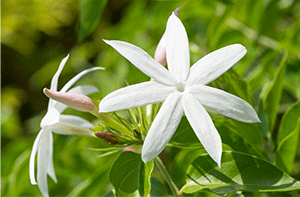
Arabian Jasmine
(Jasminum samba) is loved for its beautiful, white, petite, fragrant flowers.
Star Jasmine
(Trachelospermum jasminoides) is a fast-growing vine with shiny leaves and sweet-smelling flowers.
Select a variety that matches the requirements of your climate and space.
Choosing the Right Pot
The following are some aspects that should be kept in mind while picking a pot:
Size
This is the best advice regarding nursery culture pots. Use a pot with at least a diameter of 12 to 18 inches. Jasmine roots need space if it is to grow.
Material
Terracotta pots are best for jasmine as they have good drainage. However, you should use a pot with drainage holes to avoid water buildup.
Mobility
If you live in an area with extreme weather conditions, look for a pot that is portable.
Soil Preparation
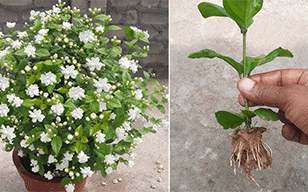
Jasmine likes soil that drains easily but retains moisture. A good blend of potting soil, compost, and perlite or sand is suitable. Compost supplies proper nutrients for the plants, while perlite or sand increases drainage.
Planting Jasmine
Timing
Jasmine should be planted in spring or early summer after the chances of frost are low.
Potting
Add the prepared soil mix to the container filling, leaving space at the top. Form a small depression in the center.
Watering
Jasmine plants like constant moisture in the atmosphere. However, they will not tolerate soggy soil for a long time. Water your jasmine when the first part of the soil is dry. In hot summer months, watering may be required once a day. Make sure that any excess water that percolates into the pot is removed.
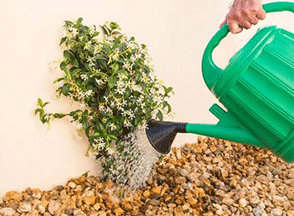
Light Requirements
Jasmine needs a lot of bright but indirect sunlight. Sunlight or any other bright light should be placed in a location where it can receive a minimum of 4 to 6 hours of sunlight within a span of 24 hours. If you see the plant growing tall and stretching behind the light, it might be due to insufficient sunlight
Fertilizing
To obtain healthy plants with lovely flowers, fertilize your jasmine every 4 to 6 weeks when it’s growing (spring through early fall). Use water-soluble fertilizer in a balanced proportion but dilute half the strength. In winter, give no fertilization since the plant is vain.
Pruning and training
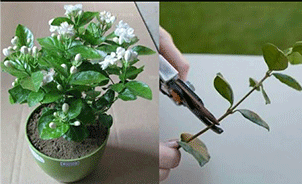
Pruning your jasmine plant also promotes healthier, bushier growth and is necessary for keeping the shape required of your jasmine plant. A determined cutter backs growth and dead and yellowing leaves that are aware. Spring comes early every season, trim twiggy growth. When growing a vine variety, provide a trellis or support it to encourage growth in clinging movement.
